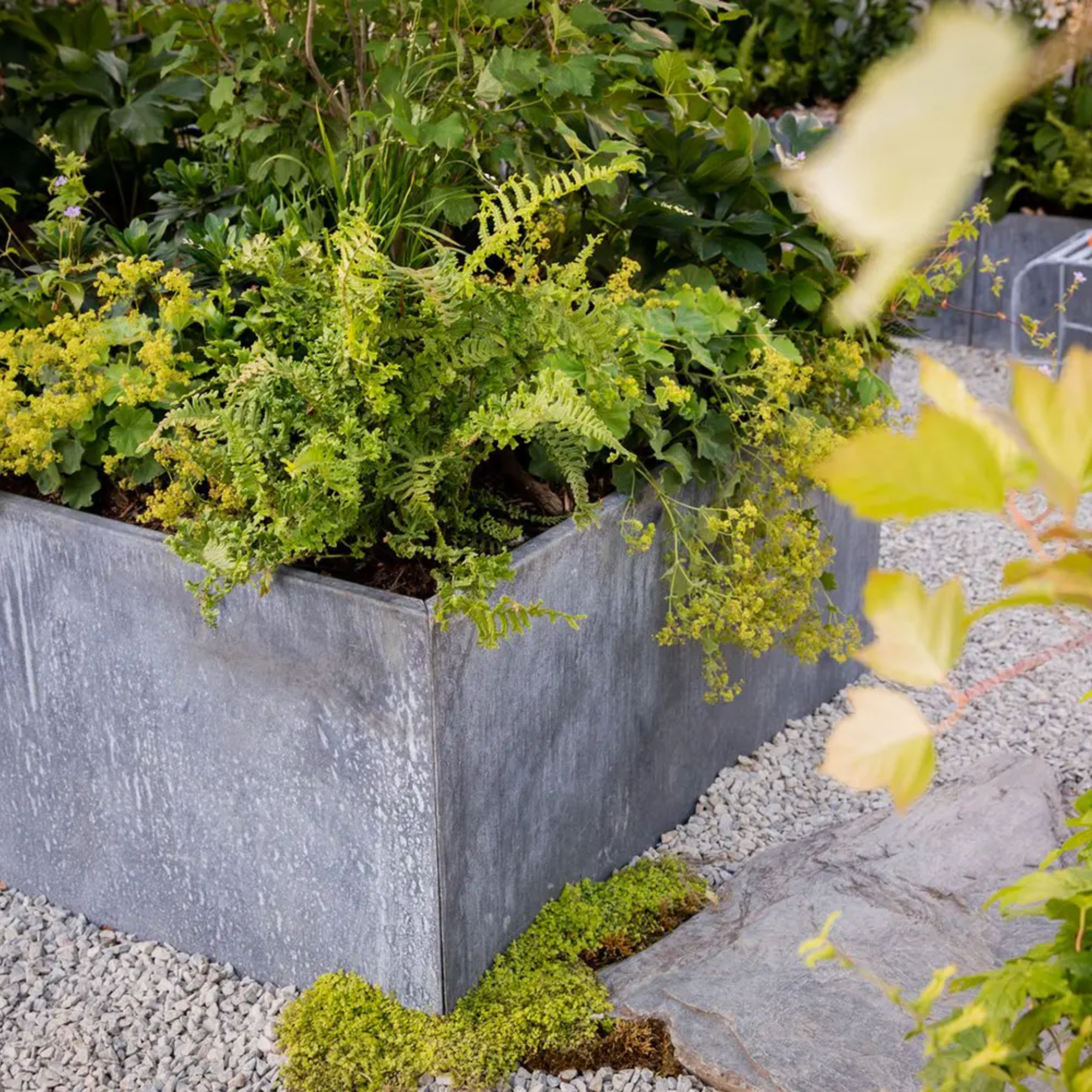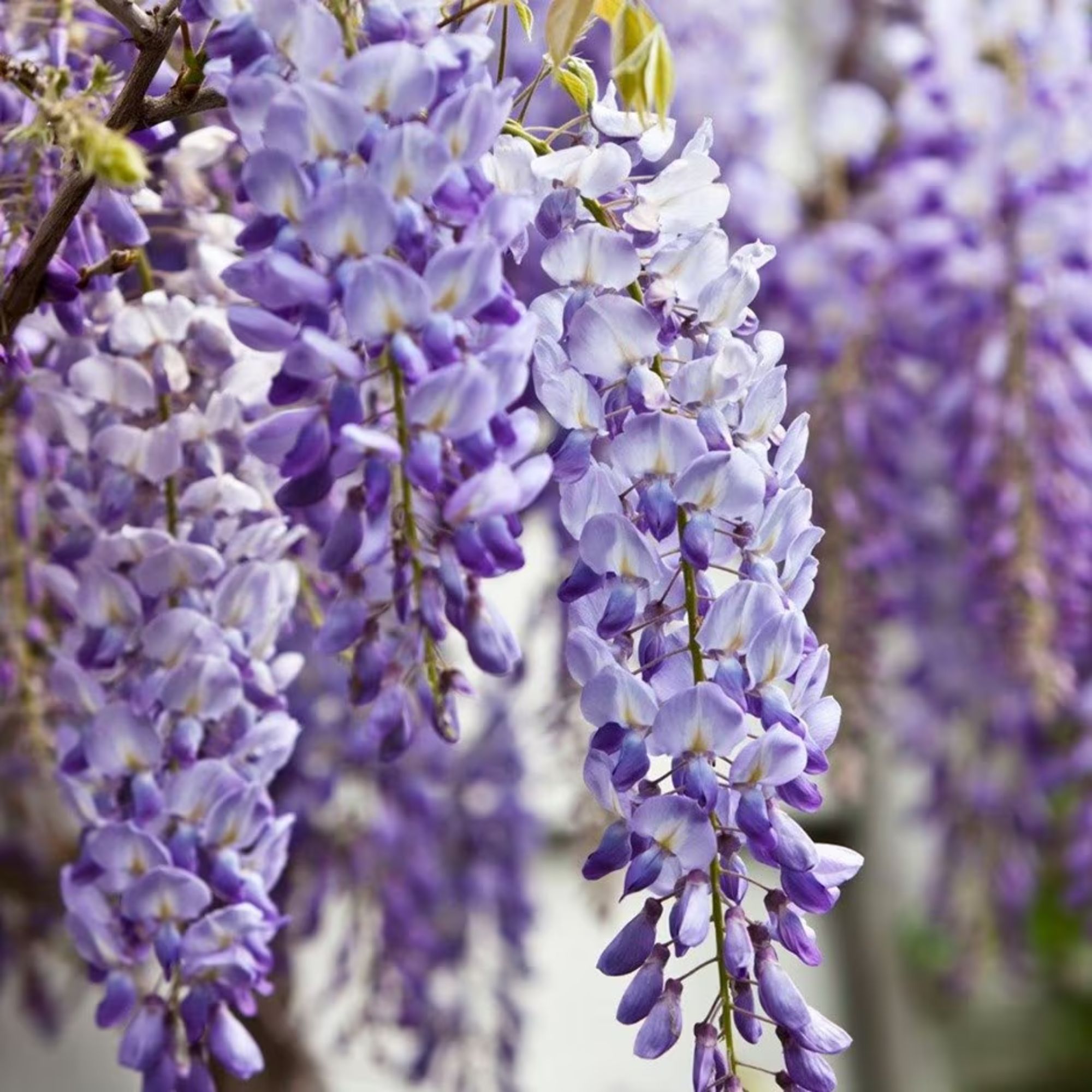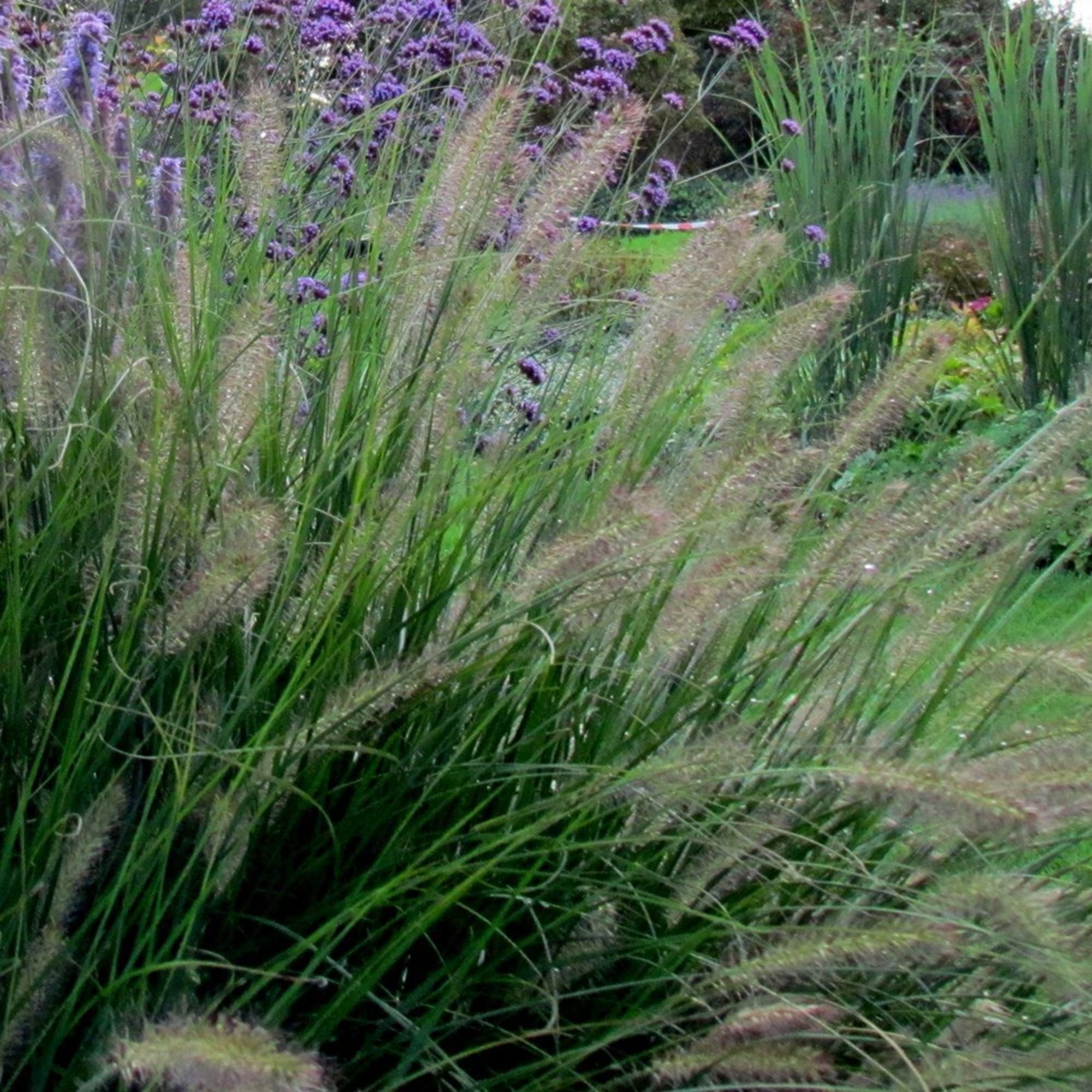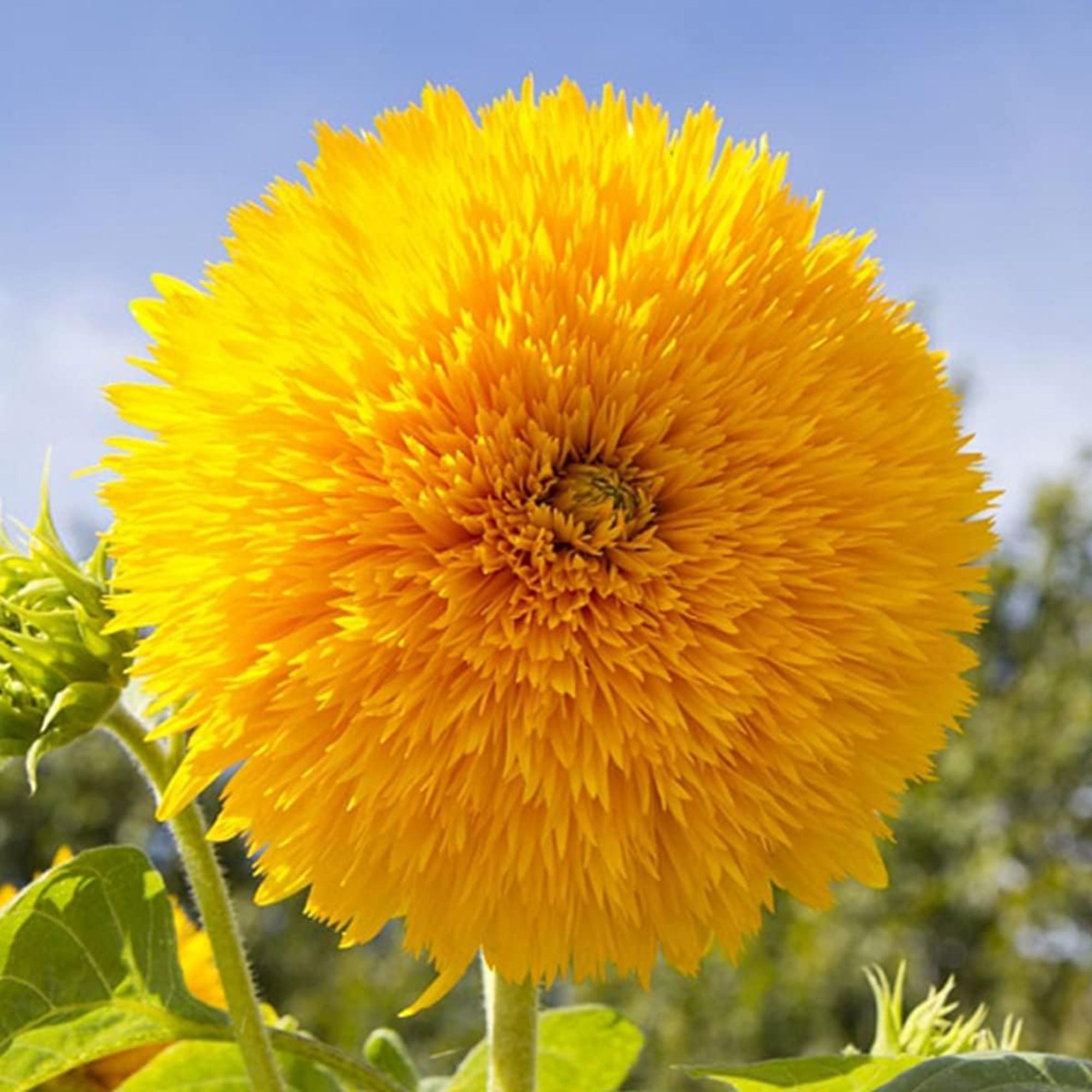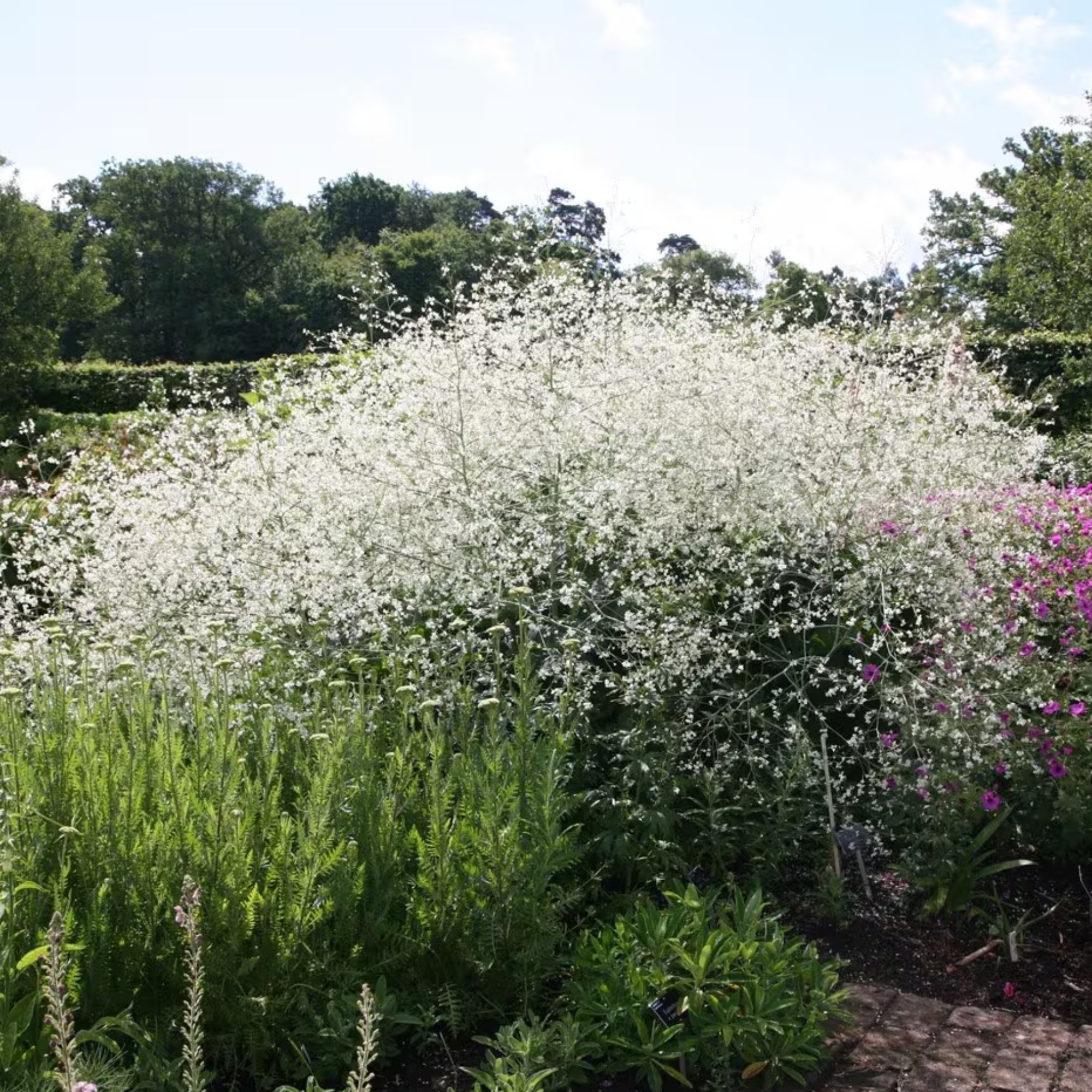What is a portable garden? Here's how to recreate the hot new gardening trend at home
Ideal for renters and people with smaller outdoor spaces, the portable garden is a must-try
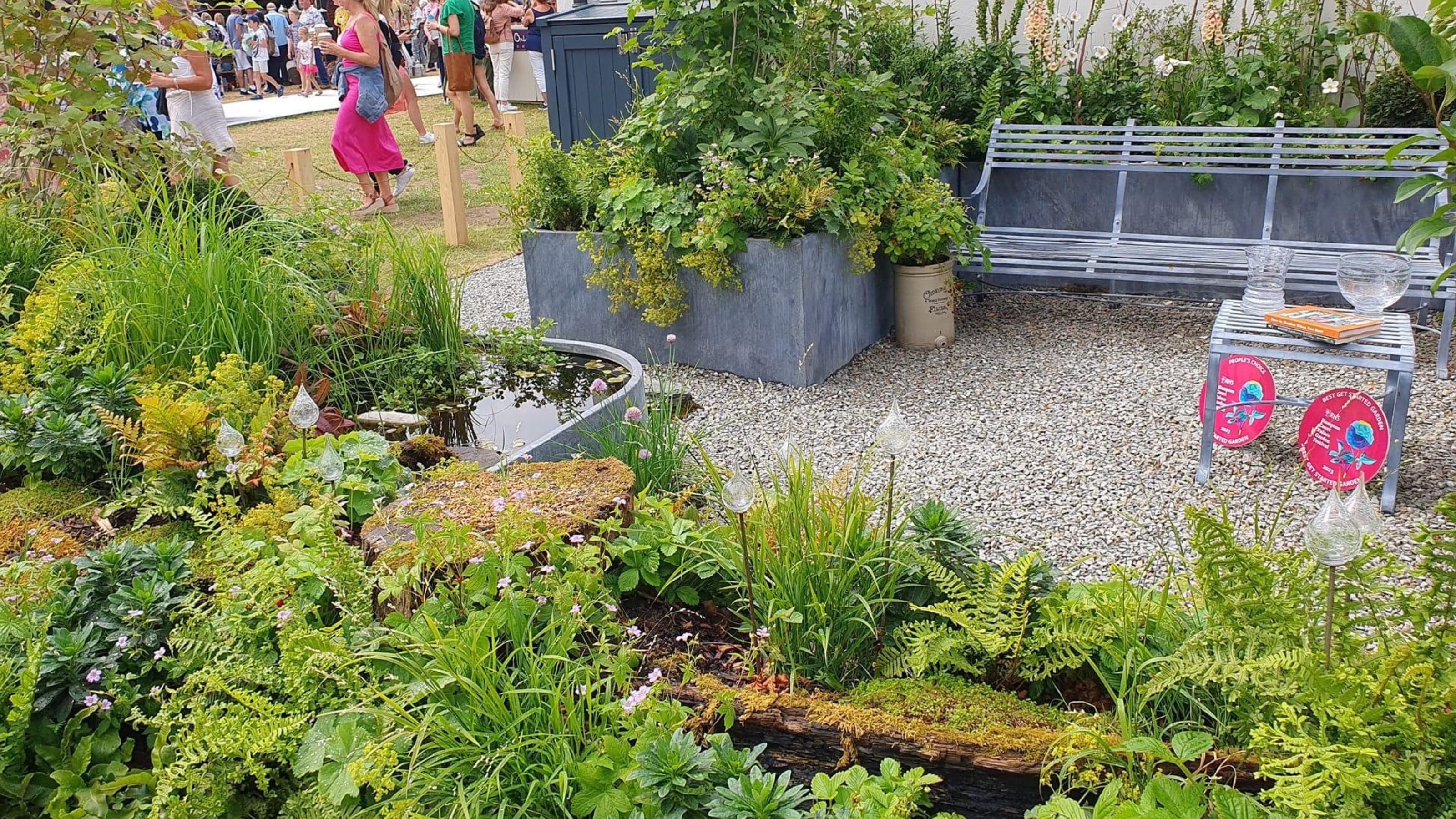

Ah, the portable garden. Much like all of our favourite container garden ideas, it's one of those brilliant non-permanent gardening solutions for renters – or anyone who fancies bringing their garden with them when they move, in fact.
The concept has become incredibly popular, largely because it shaped Zoe Claymore's gold medal-winning 'Renter's Retreat' at the Hampton Court Palace Garden Festival. And it could prove a valuable addition to your garden landscaping, if you nail the finer details.
'A portable garden is what it says on the ticket – a garden that can move or grow with you, perfect for renters or anyone with limited space such as balconies, rooftops and terraces,' explains Zoe simply.

Zoe Claymore is a multi award-winning garden designer based in London. She focuses on creating outdoor places with emotional connection and ecological integrity for her private and commercial clients.
'It's a way of helping think about gardens as living changeable ecosystems so that you make good long-term decisions for yourself and the planet,' she adds, noting that a portable garden can be 'both functional and aesthetically pleasing'.
What are the benefits of a portable garden?
A portable garden is so much more important than the sum of its easily transportable parts; they're also a fab eco friendly gardening option, too.
'From having a window box to an entire semi-permanent park, they are a way of improving the here and now with mindful thoughts to the future and overall consumption,' says Zoe, who adds that portable gardens are 'essential for bringing the joy and benefits of gardening (mental health, urban biodiversity etc) to those who might otherwise be unable to have a garden'.
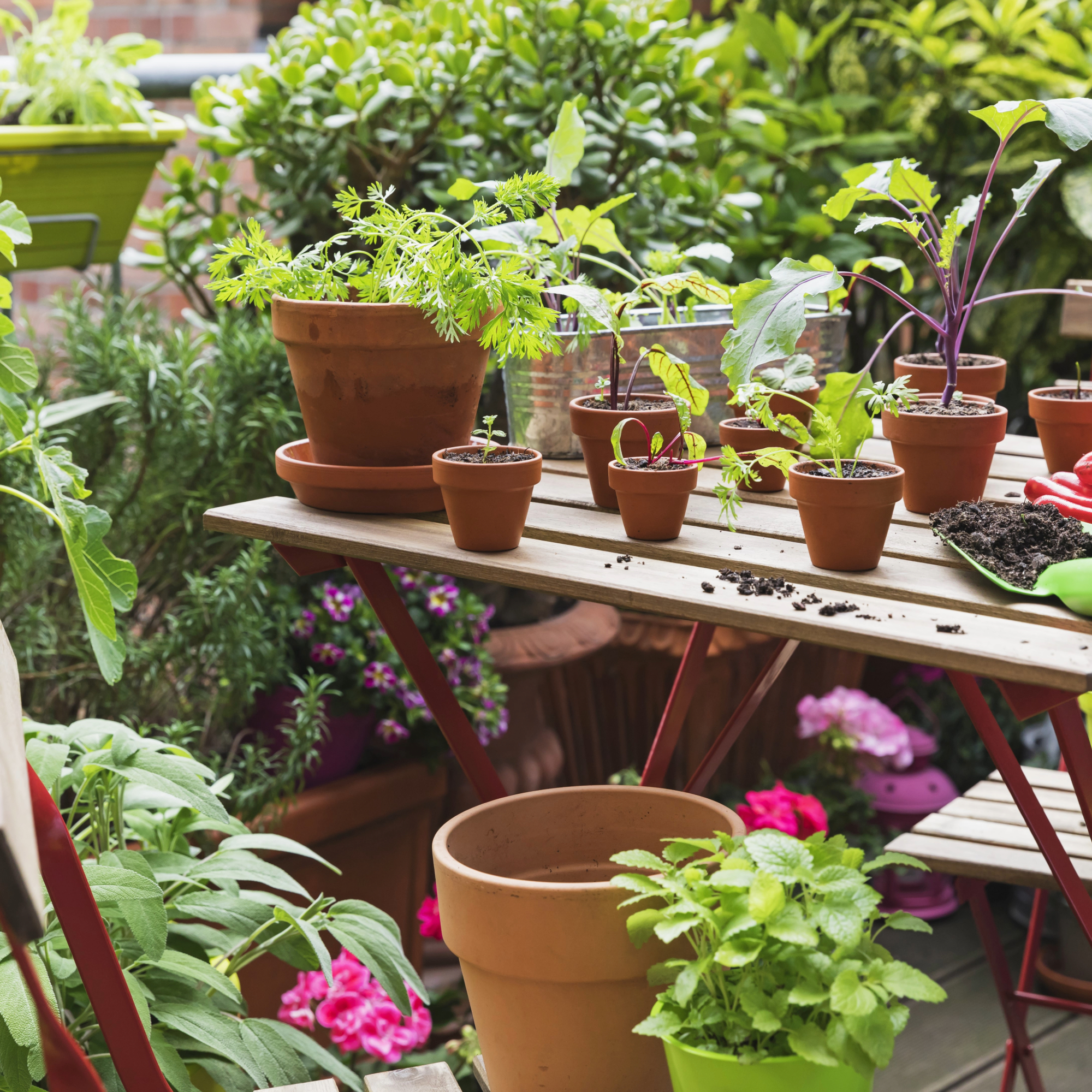
Noting that 1 in 3 people rent their homes in the UK, Zoe explains that portable gardens 'provide flexibility and ensures that even renters or people with transient lifestyles can enjoy a green space'.
'Additionally, these gardens promote environmental sustainability by reducing waste and promoting resource efficiency,' she continues. 'By encouraging the purchase of items (and designing those that can be reconfigured and reused in many ways), you can minimise waste associated with traditional gardening methods and patio ideas.'
Portable garden ideas
From using pots and planters to building your own hugelkultur, here are some easy tips and tricks for creating your own portable garden at home...
Get the Ideal Home Newsletter
Sign up to our newsletter for style and decor inspiration, house makeovers, project advice and more.
1. Assess your space
Before you start your portable garden, it's important to measure the area and suss out the property access.
'Consider the standard UK internal door as your benchmark for item sizes,' advises Zoe.
'This means that, if you move, chances are you'll be able to fit all your new garden with you through into the new property. Consider bulky items that come apart so if they don't fit in one space can be easily stored till you move again.'
2. Use containers
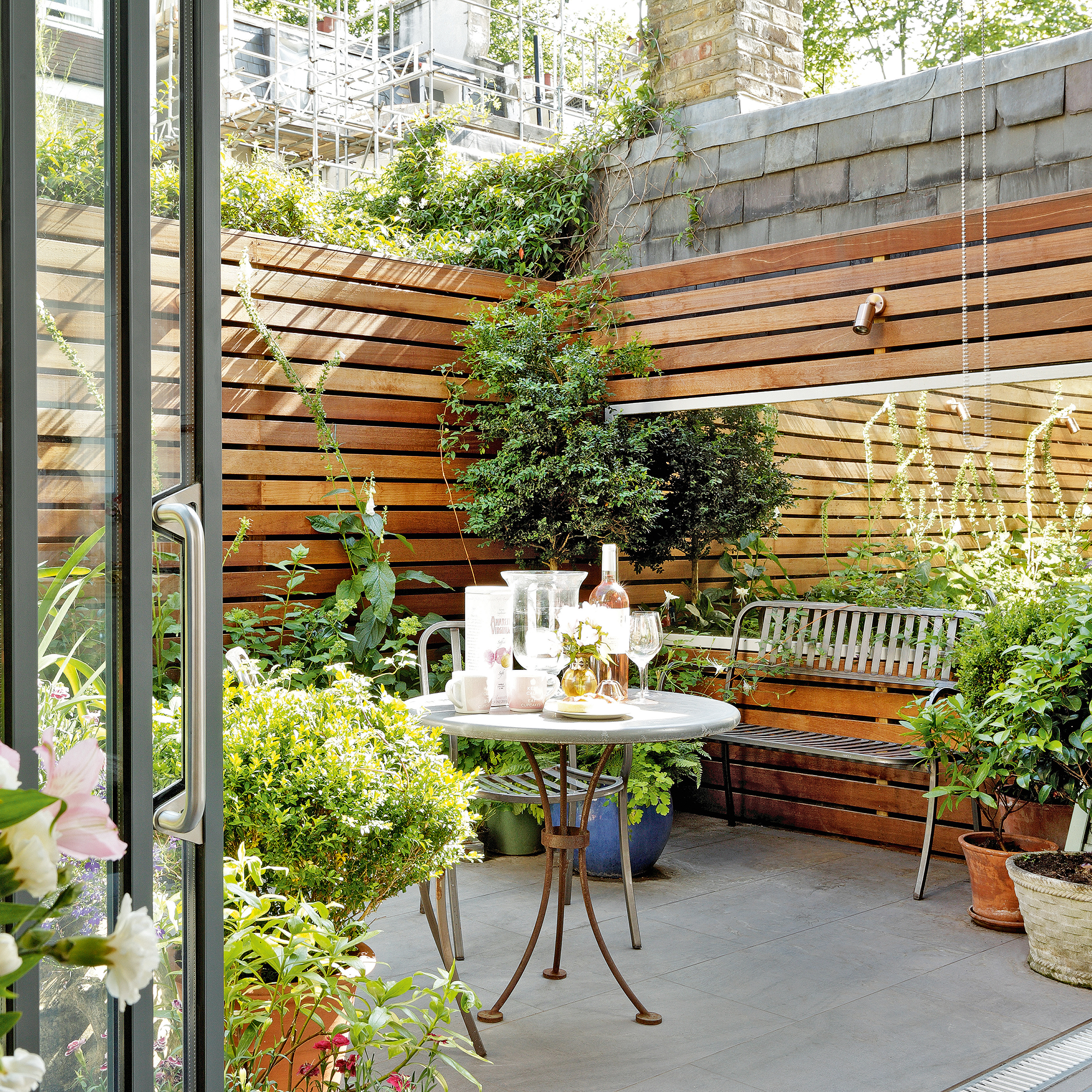
It's a good idea to learn how to arrange pots in a garden before you begin your portable garden in earnest.
'Choose a variety of planters, such as pots, raised beds, and vertical gardens, which can be easily moved. If you can move a double bed, why not a raised bed? Get one that is designed to last and comes apart and goes back together multiple times for long term lower consumption,' says Zoe.
'Consider portable features, too, like a curvaceous pond that can be tipped on edge and moved through standard door frames, as well as trees in pots that can go with you on the move,' she adds.
3. Use movable hard landscaping
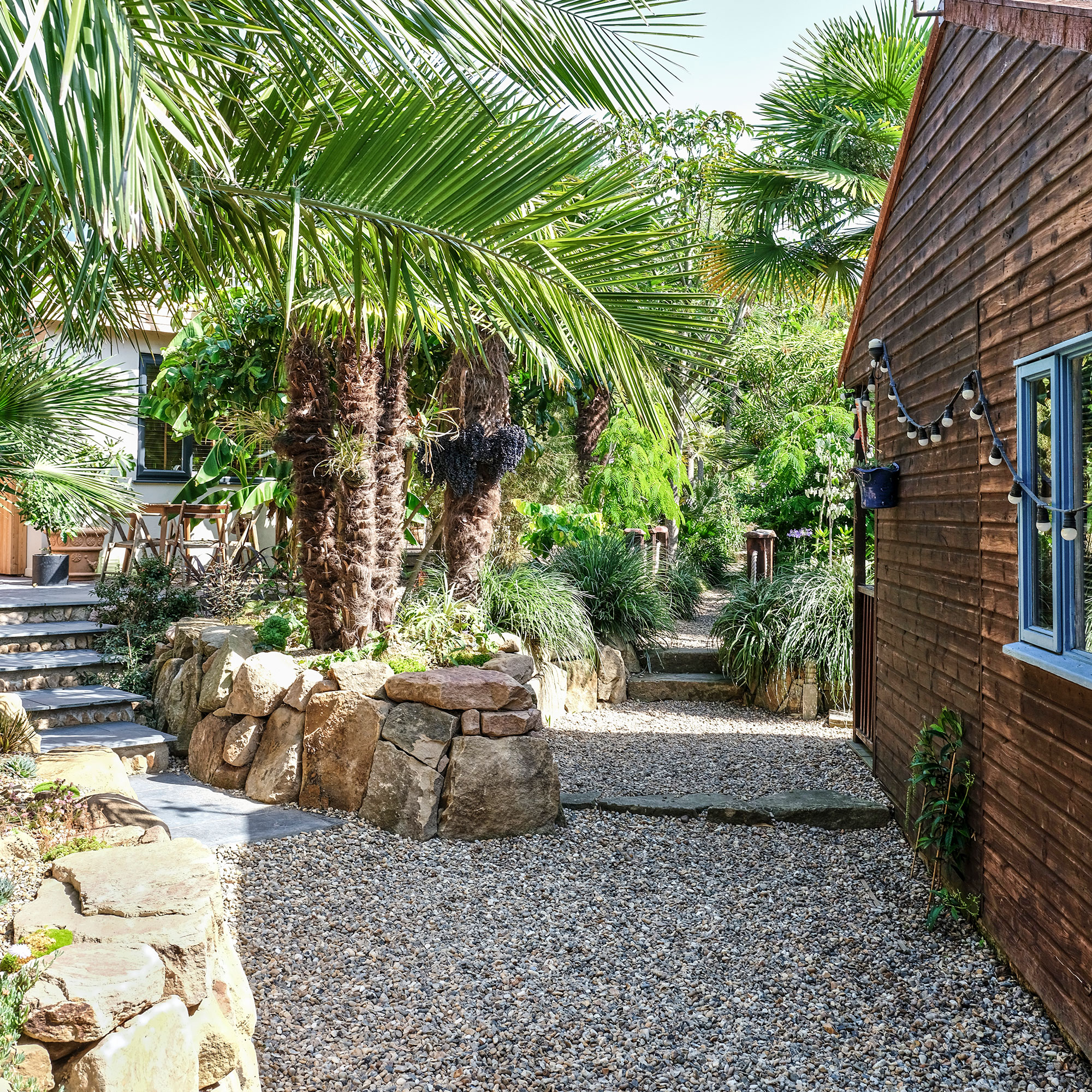
Gravel garden ideas are not only pretty, cheap (prices for a bag start at £8 at B&Q) and low-maintenance, they're also great for a portable garden.
'Foldable or transportable garden furniture provides seating and can be easily relocated and moved, as does gravel and other materials that can be laid on boring concrete and bagged up to go with you into a new shape at the next place,' says Zoe.
'Be sure to choose items that can be reused or recycled.'
4. Focus on biodiverse blooms
It's a good idea to think a little harder about which plants you might like to grow in your portable garden; you want plants that don't mind being grown in pots, such as wisteria, lavender, sunflowers, and even ornamental grasses.
'Select easy-to-grow plants (I like the RHS award for gardening merit), and incorporate a mix of perennials that can take a beating, as well as annuals for year-round interest and support for wildlife,' says Zoe.
'Trees in containers, climbing plants, and container ponds contribute to a vibrant and eco-friendly garden.'
5. Keep sustainability in mind
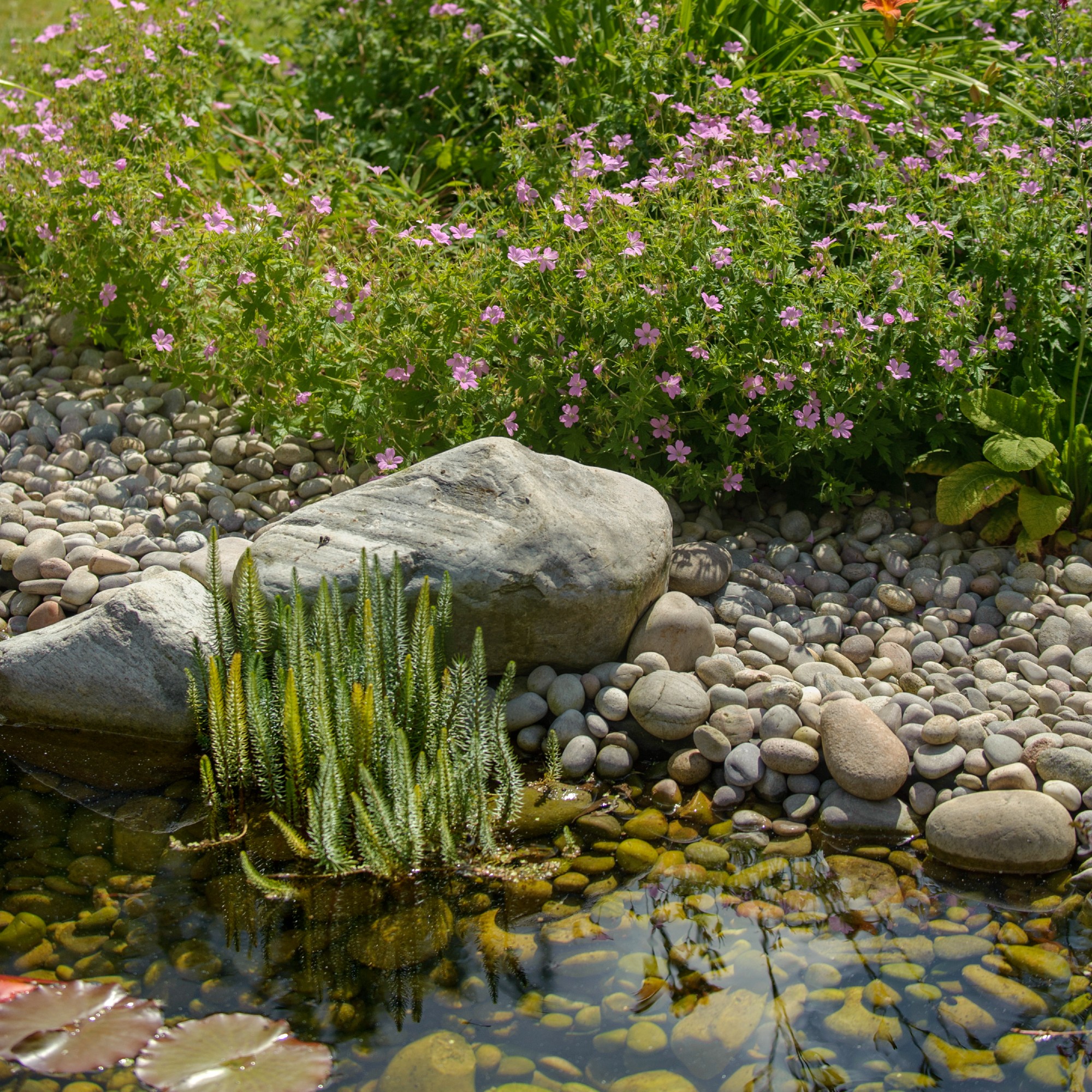
The portable garden trend is all about sustainability, so be sure to use peat-free compost (try Sylvagrow peat-free organic compost from Crocus), and keep your attention on recyclable and more naturally occurring materials.
'If possible, install a water butt to start rain harvesting or use greywater to sustain your plants,' says Zoe, who advises you 'run a hose from this to your beds and pots to help water in the summer months'.
She also advises you 'invest in a small-space hot compost bin that is sealed so (much like a kitchen bin) it can move with you. There are also several small products or wormeries to create soil nutrition on a small scale'.
FAQs
How do you make a portable garden?
Keen to make a portable garden of your own? Morris Hankinson, director of Hopes Grove Nurseries, says that 'containers are your friend'.

Morris Hankinson is the founder and managing director of Hopes Grove Nurseries Ltd, the UK’s only specialist grower-retailer of hedging plants. He established the thriving business in 1992, shortly after graduating with a Commercial Horticulture Degree from Writtle College, Essex.
Don't forget to look at vertical garden ideas as well because there are many ways to plant all around from hanging baskets to green walls and even shelving with pots.
'Growing in containers means they can be easily lifted and moved at a later date. Consider the size and weight because a large ceramic planter with compost and a tree will be heavy to move but doable,' he continues, noting that you should 'place larger containers with trees and shrubs at the back and graduate your pots and containers so at the front are lower growing plants, giving your space a really nice feel of privacy'.
Morris adds that 'using pot feet is also useful, where pots can be moved on trays with wheels and hanging garden accessories such as wind chimes or a mirror so they are easy to move when you need to is a good idea'.
'Choose furniture that can be transported easily and you’ll have a portable garden with ease,' he finishes.
Is a portable garden expensive?
While a portable garden requires some spending, it's best to consider it an investment.
Garden designer Zoe Claymore says that you should focus on the following areas:
Save... 'on small plants, taking the time to grow from seed annuals and spring bulbs for quick and inexpensive colour. Pick up containers from second hand shops and furniture from places like facebook marketplace or freecycle'.
Spend... 'on sealable and movable Water butts and compost bins are worthwhile investments to improve your eco credentials and ecosystem. Consider these as standard in any design.'
Splurge... 'on quality items that will stand the test of times - vertical garden frames, raised beds and furniture that will last more than a few trips - as you would for your indoors. UK made and recyclable materials for bonus points.'
And just like that, a portable garden is within your grasp! We'll be fighting you for the last few planters at the garden centre, we guess...

Kayleigh Dray became Ideal Home’s Acting Content Editor in the spring of 2023, and is very excited to get to work. She joins the team after a decade-long career working as a journalist and editor across a number of leading lifestyle brands, both in-house and as a freelancer.
-
 Should your front door colour match your hallway? Interior experts reveal 3 reasons why it should (and 3 reasons it shouldn't)
Should your front door colour match your hallway? Interior experts reveal 3 reasons why it should (and 3 reasons it shouldn't)Are you team matching or contrasting?
By Ellis Cochrane
-
 This £200 limited-time discount makes this Dyson vacuum cheaper than I’ve ever seen it - run don’t walk to Argos for this bargain
This £200 limited-time discount makes this Dyson vacuum cheaper than I’ve ever seen it - run don’t walk to Argos for this bargainIt's the most affordable Dyson on the market right now
By Lauren Bradbury
-
 Martin and Shirlie Kemp’s pastel flower beds has given their Victorian renovation a romantic look - how you can get the look
Martin and Shirlie Kemp’s pastel flower beds has given their Victorian renovation a romantic look - how you can get the lookTheir pastel garden is the cottage garden inspo you've been looking for
By Kezia Reynolds
-
 I’m seeing pastel garden furniture at all my favourite brands this spring, but QVC’s sorbet collection impressed me the most
I’m seeing pastel garden furniture at all my favourite brands this spring, but QVC’s sorbet collection impressed me the mostFresh pastel shades are a great way to liven up your outdoor space
By Kezia Reynolds
-
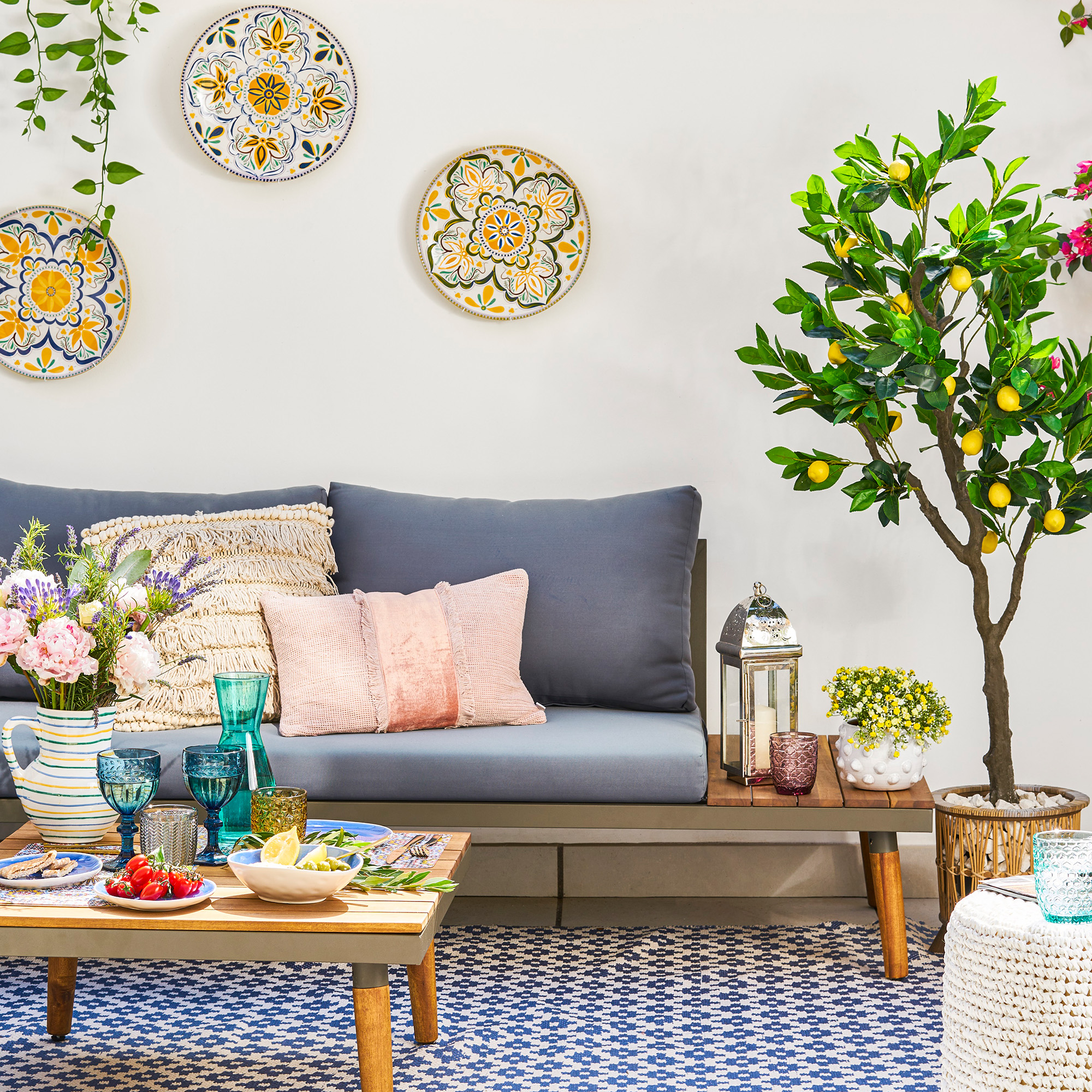 I spent the afternoon looking through Wayfair's garden sale – these are the 6 pieces I'm buying immediately for summer
I spent the afternoon looking through Wayfair's garden sale – these are the 6 pieces I'm buying immediately for summerThese are my must-have garden buys from the sale
By Holly Reaney
-
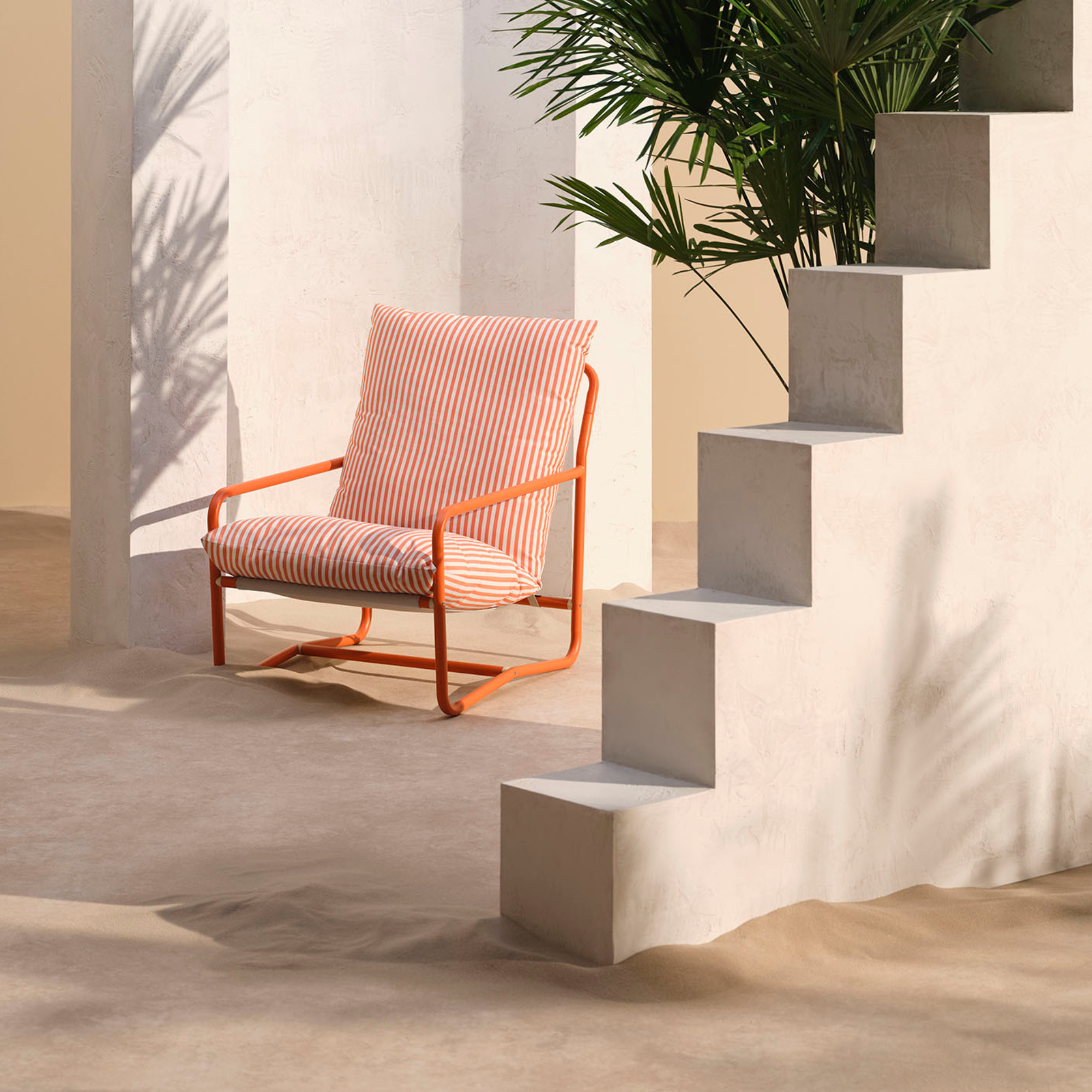 I’ve found the perfect alternative to John Lewis’ sold-out striped garden chair – and you won’t believe where it's from
I’ve found the perfect alternative to John Lewis’ sold-out striped garden chair – and you won’t believe where it's fromJohn Lewis' Sling Garden Chair is one of the most stylish pieces of garden furniture I'd seen – until I tracked down this QVC lounge chair...
By Kezia Reynolds
-
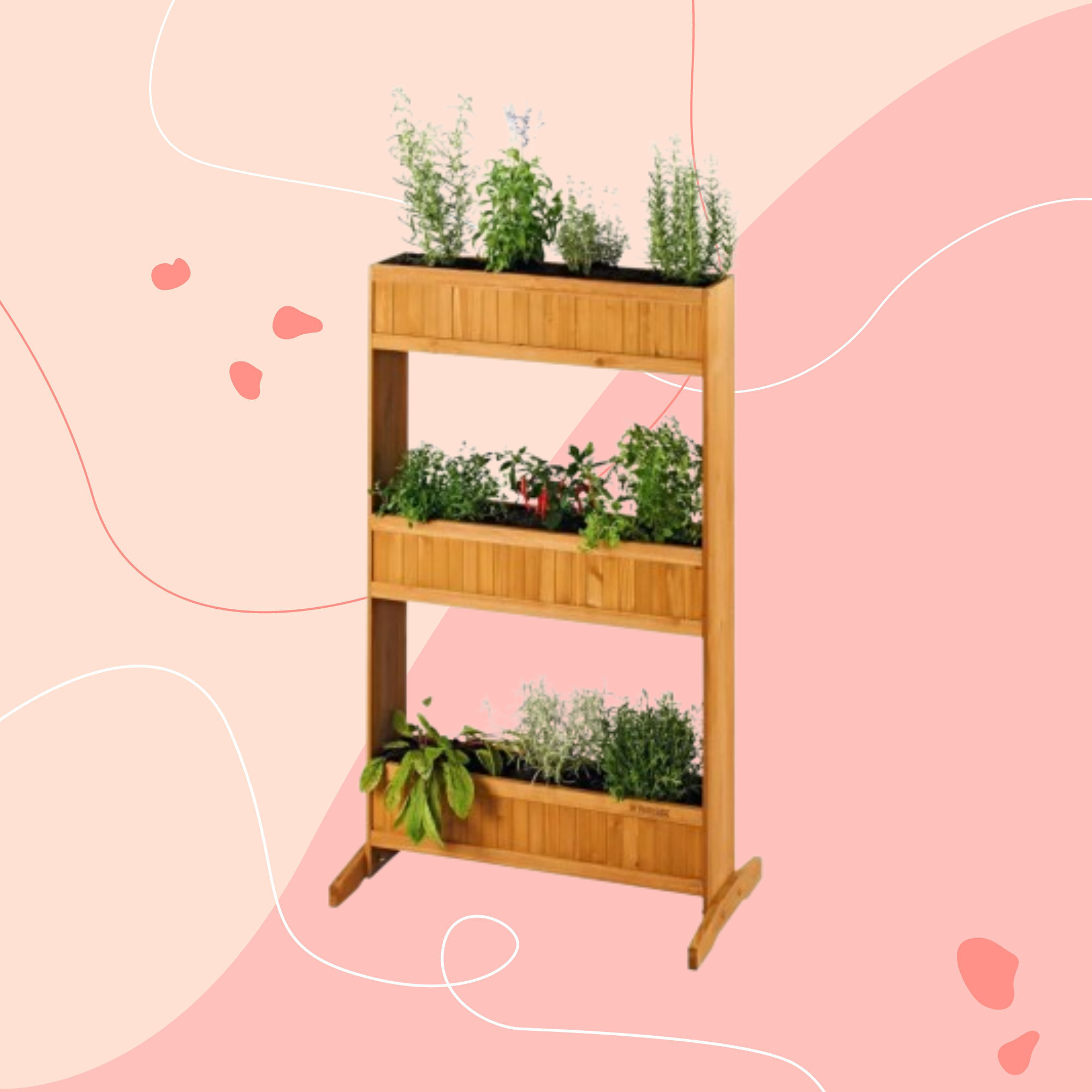 Lidl is selling a smart tiered planter that will unlock extra planting space in a tiny garden or balcony
Lidl is selling a smart tiered planter that will unlock extra planting space in a tiny garden or balconyWhy I've been eyeing this planter up for my tiny garden
By Kezia Reynolds
-
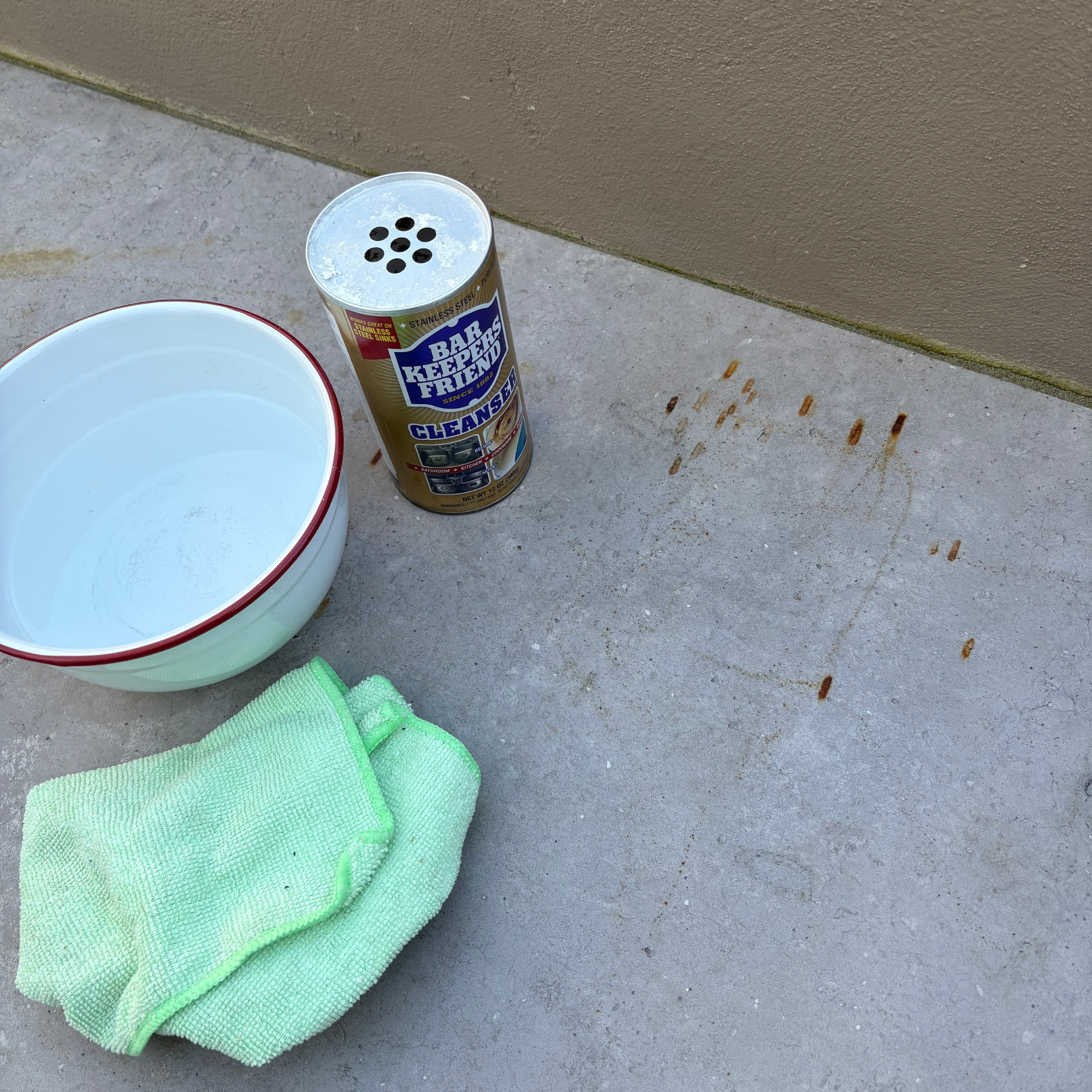 I’ve found the best solution for cleaning stains from a patio - and it’s only £8 on Amazon
I’ve found the best solution for cleaning stains from a patio - and it’s only £8 on AmazonThe stains practically vanish!
By Kezia Reynolds
-
 Lidl’s £15 sun sail is everything you need to create a shady oasis in your garden – and it’s on sale right now
Lidl’s £15 sun sail is everything you need to create a shady oasis in your garden – and it’s on sale right nowWith two stylish colours available, the sun sail will make a chic yet practical addition to any of your garden.
By Kezia Reynolds
-
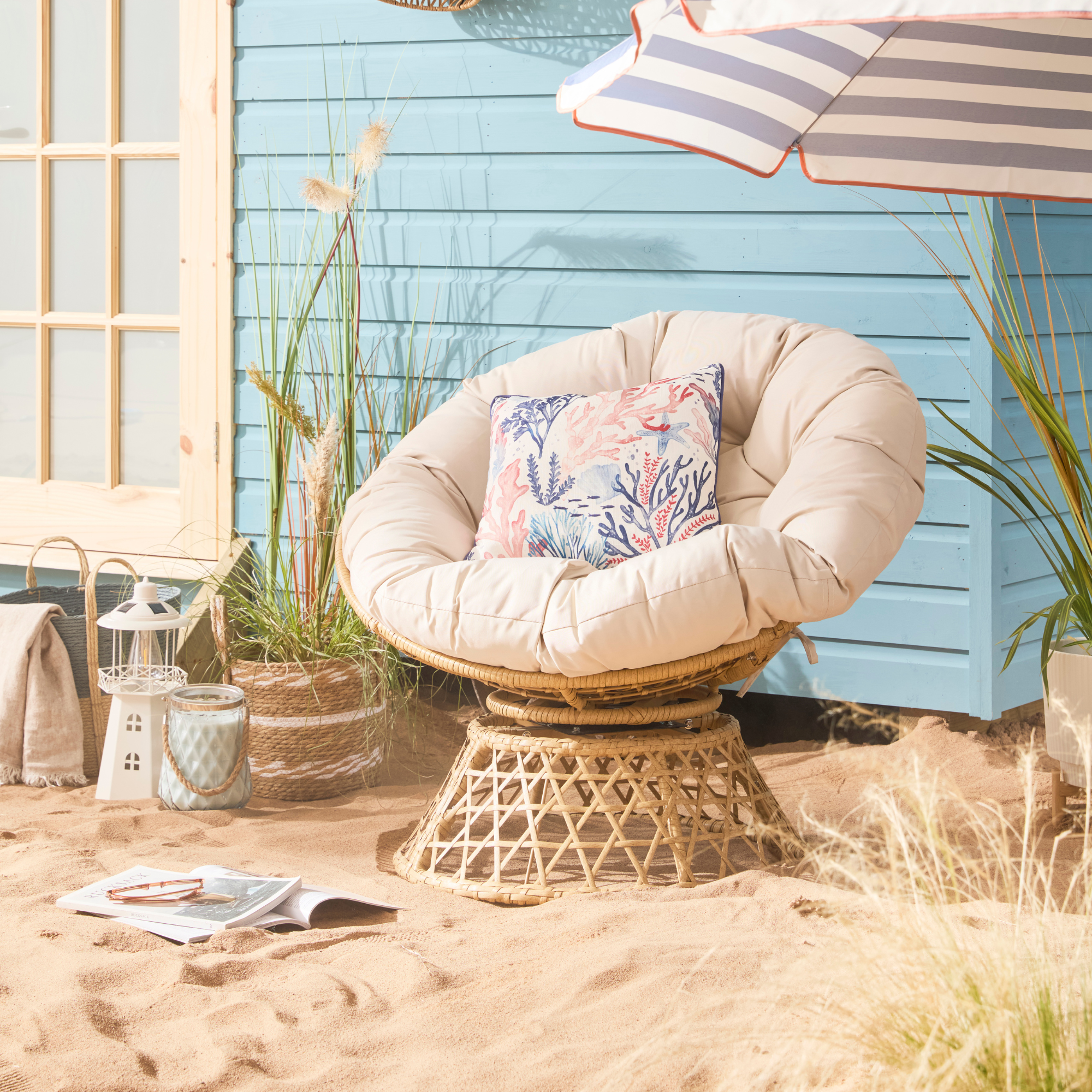 B&M has nailed 2025's breakout garden furniture trend - it's one of the most affordable and stylish I've seen
B&M has nailed 2025's breakout garden furniture trend - it's one of the most affordable and stylish I've seenGet the luxe look for less
By Kezia Reynolds
-
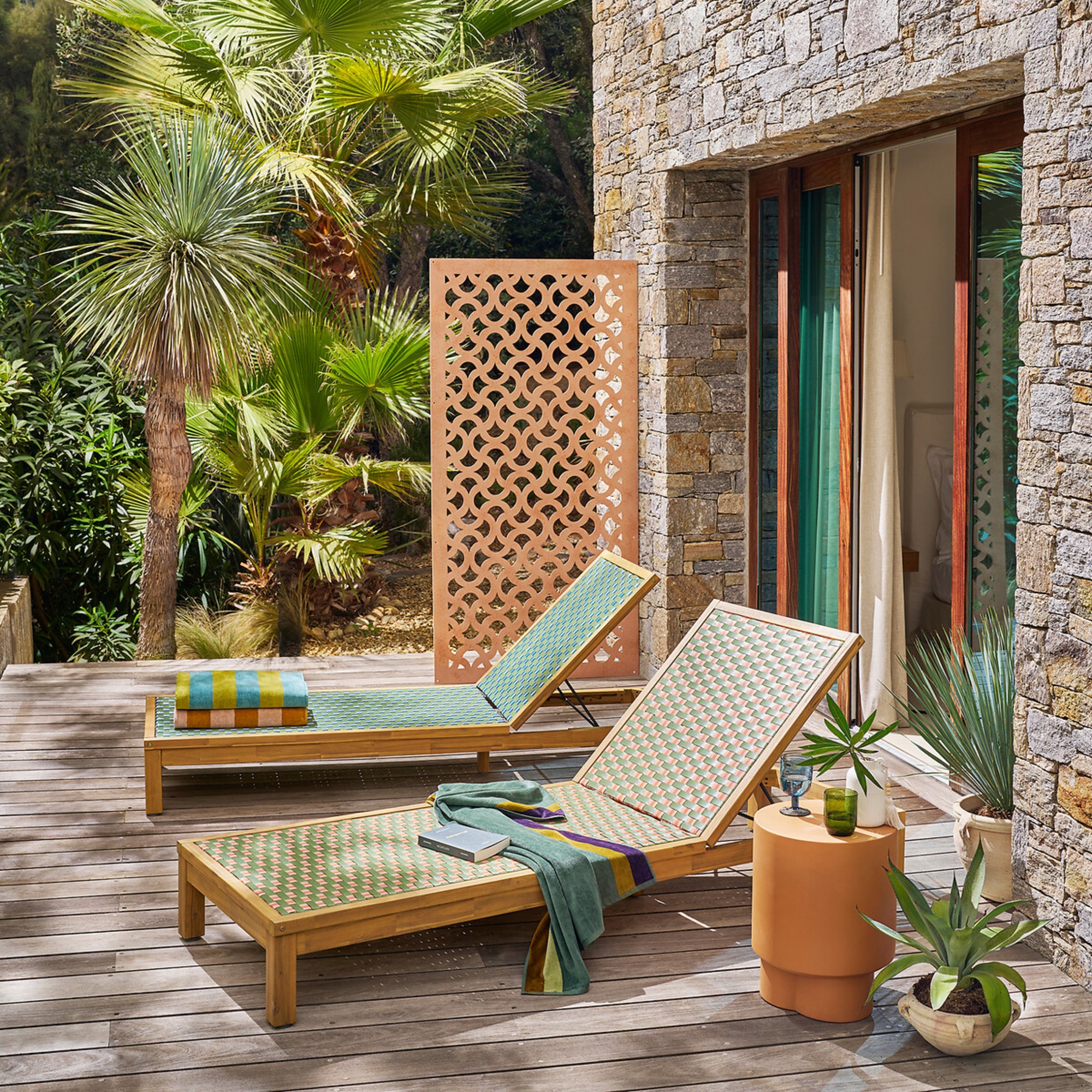 I was shocked to discover a treasure-trove of designer-look garden furniture at La Redoute on sale right now – 6 chic standouts
I was shocked to discover a treasure-trove of designer-look garden furniture at La Redoute on sale right now – 6 chic standoutsGive your garden that high-end look
By Sara Hesikova
